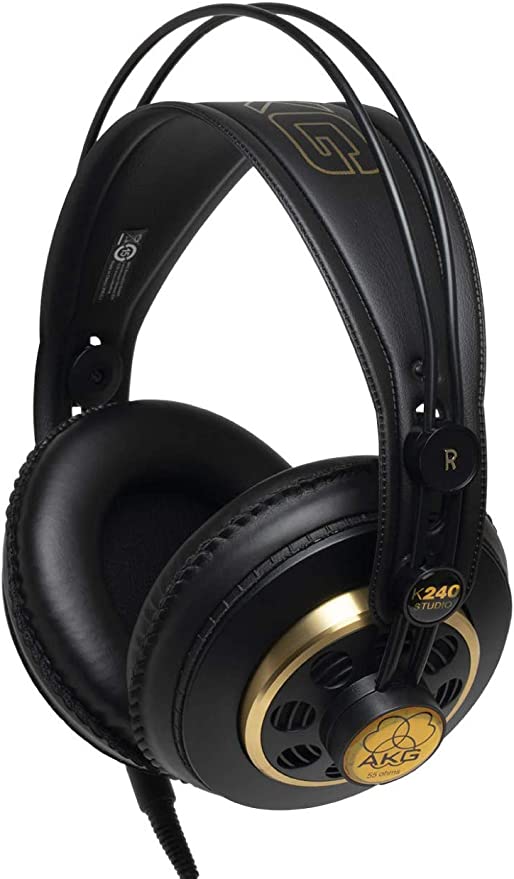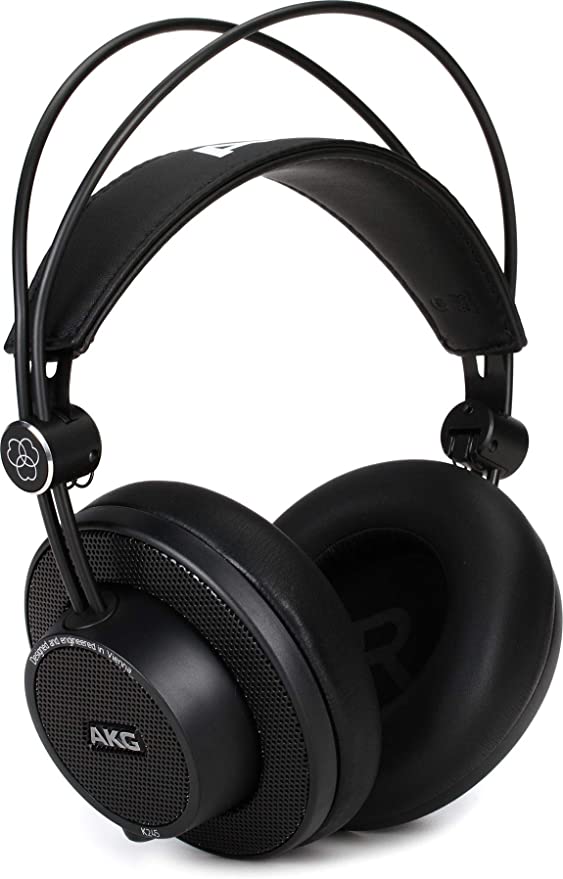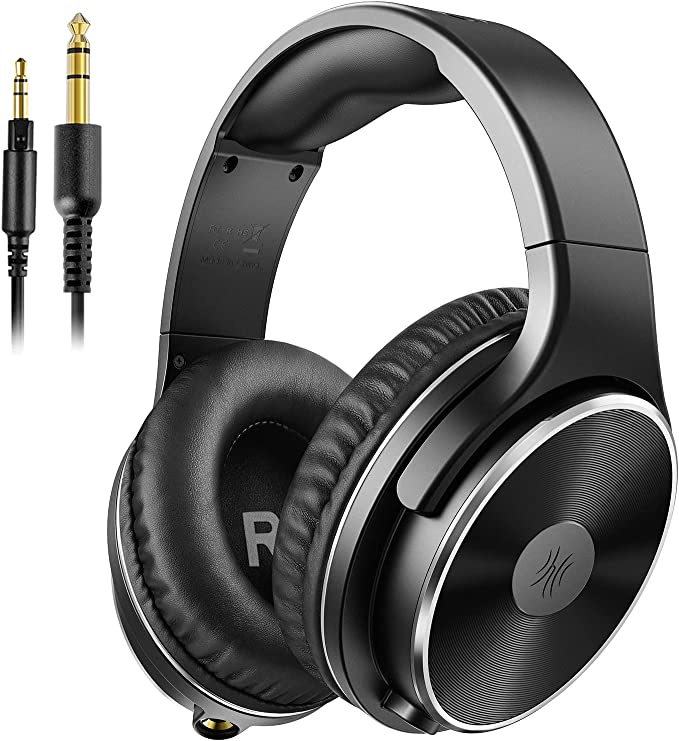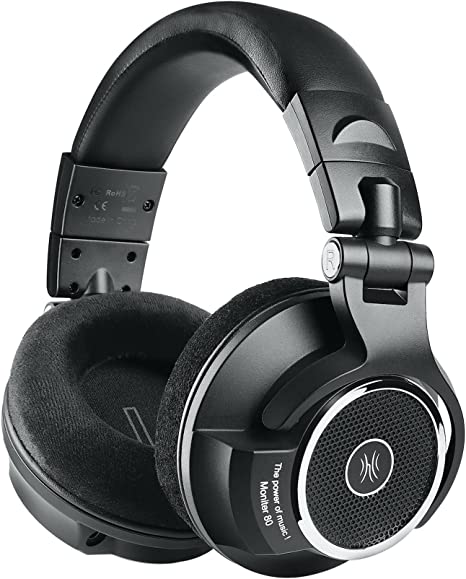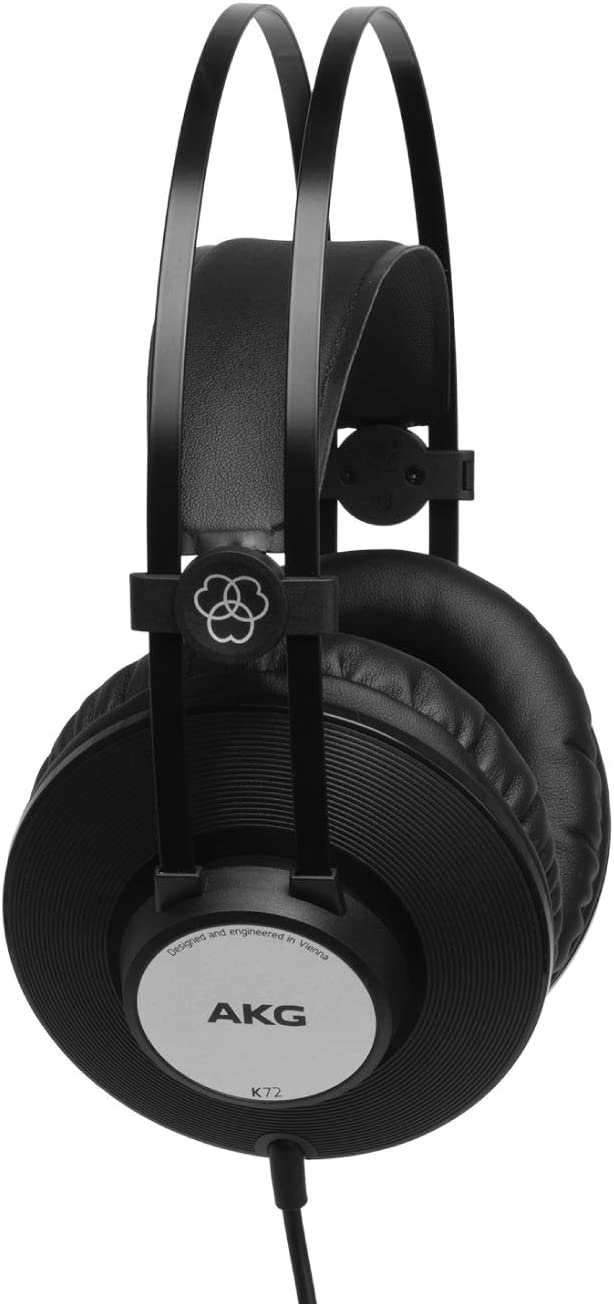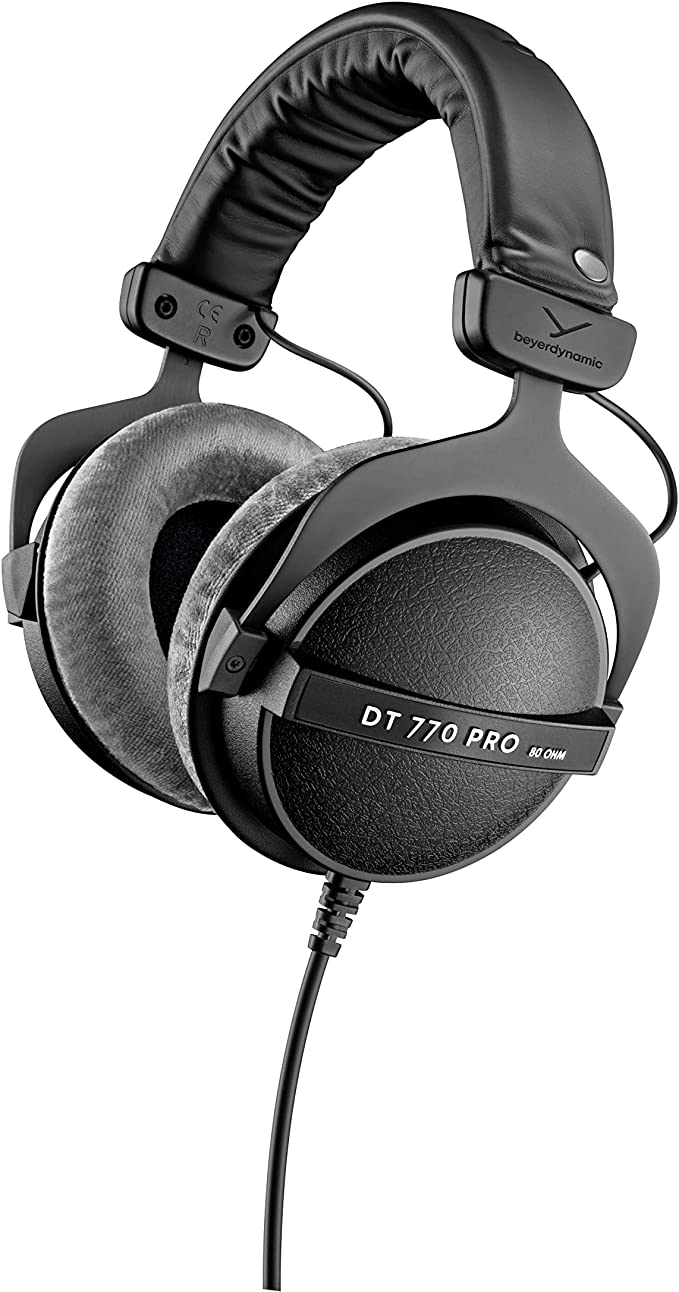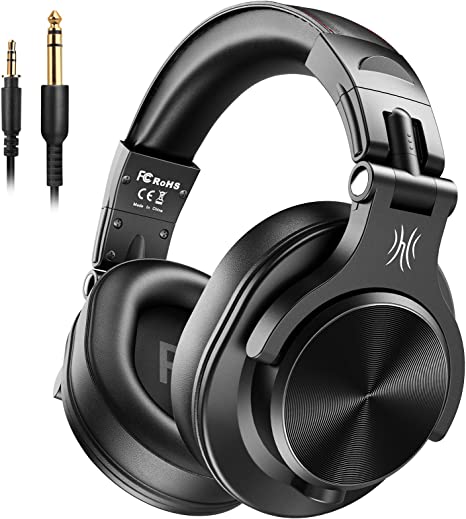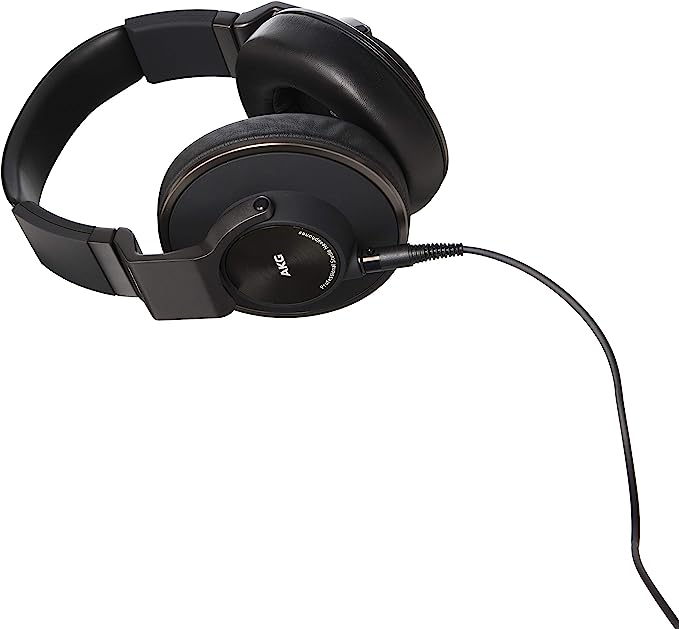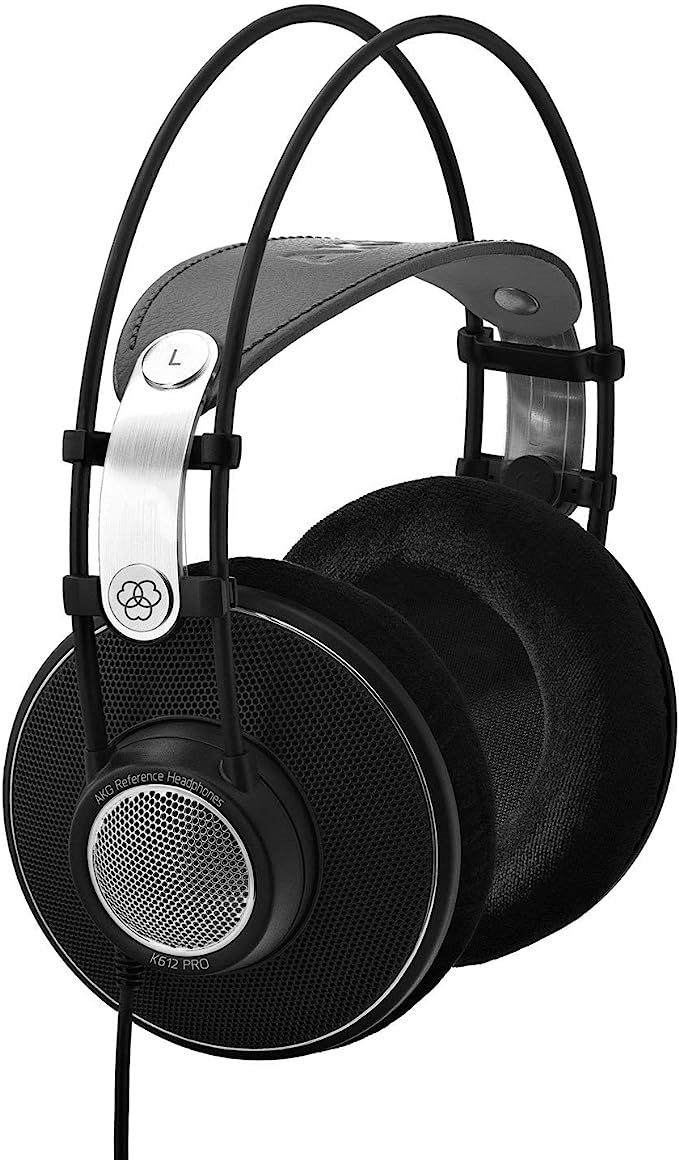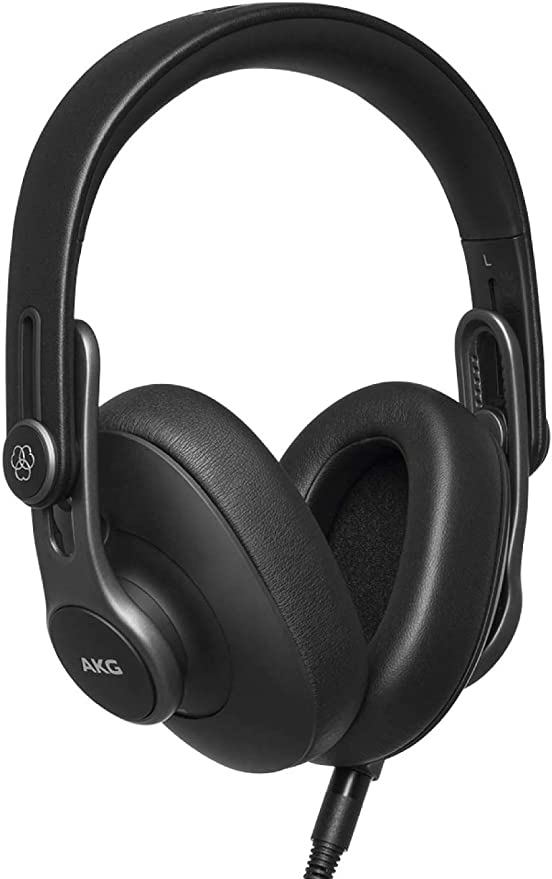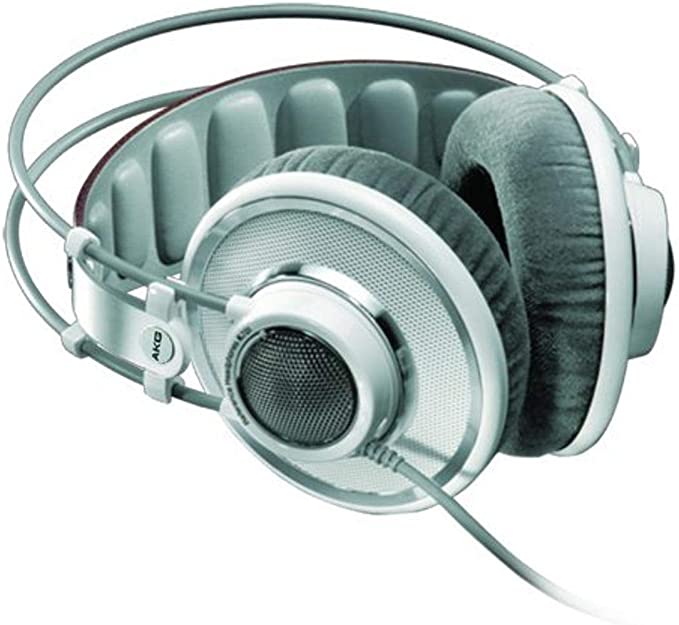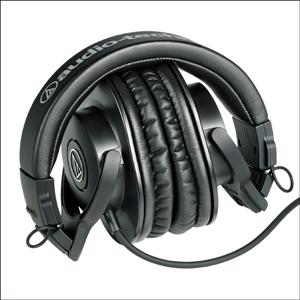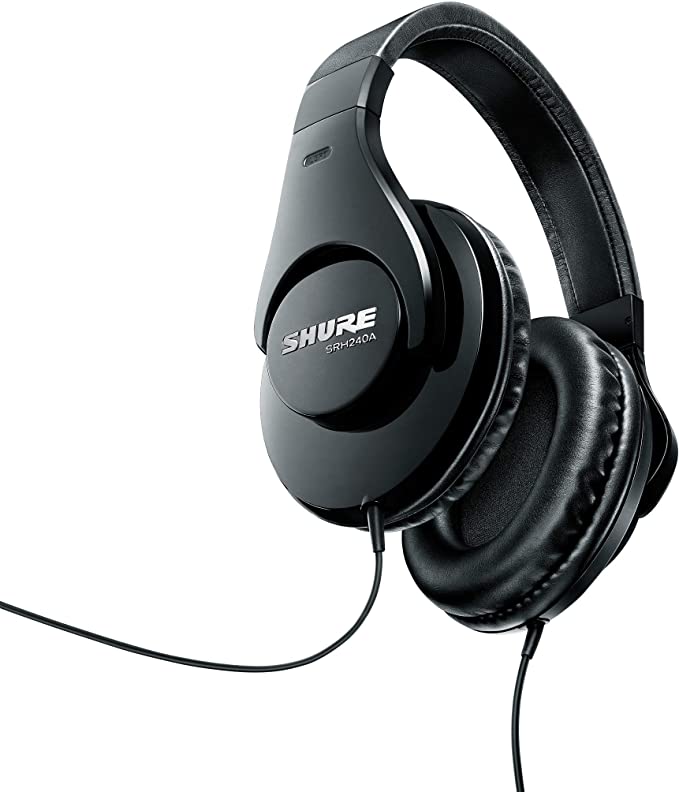AKG K240 MK II Stereo Studio Headphones: Sublime Sound Quality and Legendary Comfort
Update on June 30, 2025, 5:13 a.m.
Walk into almost any recording studio, from a multi-million-dollar facility in Los Angeles to a burgeoning artist’s bedroom setup, and you’re likely to see it. Hanging on a hook, draped over a mixing console, or clamped onto the head of a musician, you’ll find the unmistakable silhouette of the AKG K240. In a world of relentless technological churn, where gear becomes obsolete in a matter of years, a fundamental question arises: Why does this design, with roots stretching back decades, remain an unwavering benchmark in professional audio?
The answer has little to do with fashion and everything to do with a deeply ingrained philosophy of sound. To understand the K240 MK II is to take a journey into the heart of acoustic engineering, where every choice serves a single purpose: to tell the truth.

A Legacy Cast in Vienna
Our story doesn’t begin with the MK II, but in the 1970s with its legendary ancestor, the AKG K240 “Sextett.” This was a revolutionary headphone for its time. Hailing from Vienna, a city steeped in musical history, AKG’s engineers sought to solve a persistent problem: how to make headphones sound less like speakers strapped to your head and more like listening to music in a real room. The “Sextett” was their audacious answer, featuring a main driver surrounded by six passive radiators that vibrated in sympathy, shaping the sound to create an astonishingly open and natural soundstage.
This pioneering spirit is the DNA inherited by the K240 MK II. While the technology has evolved, the core mission—to achieve an authentic, spacious sound—remains the guiding principle. It represents a direct lineage of thought, a commitment to an idea that transcends passing trends.

The Art of Breathing Room: Deconstructing the Semi-Open Design
The most critical design choice, and the one that most defines the K240’s character, is its semi-open back. Think of it this way: a fully closed-back headphone is like listening to music in a small, soundproofed room. The sound is direct and isolated, but it can feel congested, and the trapped pressure can create an unnatural boom in the bass. A fully open-back headphone is like listening in an open field; the sound is expansive and airy, but you have no isolation, and the bass can feel thin as it dissipates into the environment.
The semi-open design of the K240 MK II is a masterful balancing act. It’s not a sealed room or an open field; it’s more like a well-designed concert hall with carefully placed acoustic treatments. It allows some air and sound to escape, which does two magical things. First, it prevents the buildup of low-frequency pressure, resulting in a bass response that is solid and defined, not boomy. Second, it creates that legendary “airy” quality and wide soundstage.
For the musician or engineer, this isn’t just a comfort feature; it’s a critical tool. A realistic soundstage allows for more accurate placement of instruments in a stereo mix. From a psychoacoustic perspective, this design dramatically reduces listening fatigue, a crucial factor when you’re spending eight hours searching for the perfect snare sound.

The Beating Heart: Varimotion’s Symphony of Precision
If the semi-open back is the architecture of the concert hall, the Patented Varimotion 30 mm XXL transducer is the virtuoso orchestra performing within it. A standard headphone diaphragm, the thin membrane that vibrates to create sound, is of uniform thickness. This is a compromise, as the ideal physical properties for reproducing a delicate, shimmering high-hat cymbal are vastly different from those needed for a deep, resonant bass guitar.
AKG’s Varimotion technology is an elegant solution. The diaphragm is engineered with variable thickness. The center portion, responsible for high frequencies, is thicker and more rigid, allowing it to move with piston-like precision for crystal-clear detail. The outer edge, which handles the low frequencies, is thinner and more elastic, enabling it to move more freely and generate powerful, accurate bass.
Imagine a single musician who can play the piccolo and the cello with equal, flawless mastery. That is the essence of the Varimotion driver. It’s the reason you can hear the subtle intake of a singer’s breath before a phrase, or the texture of a felt hammer hitting a piano string. It delivers details not by artificially boosting treble, but by accurately reproducing the original signal.

The Price of Honesty: The 55-Ohm Handshake
The K240 MK II presents a specification that often puzzles newcomers: a rated impedance of 55 Ohms. Without getting lost in electrical engineering, think of impedance as a measure of how much “effort” is required to make the headphone perform properly. Your smartphone can power them, and you will hear music. But it would be like putting regular fuel in a high-performance sports car. The car will run, but you’ll never feel its true power and agility.
These headphones are not “inefficient”; they are “demanding.” They are designed to be driven by a source that can provide clean, ample power, like a dedicated headphone amplifier, an audio interface, or a mixing board. This “handshake” with a proper amplifier is what allows the Varimotion driver to be perfectly controlled, delivering its full dynamic range and transient response. This is a professional tool, and it expects to be used with other professional tools. It’s a key part of managing expectations: for casual listening from a phone, there are other options. For critical listening in a studio environment, this demand for power is the price of honesty.
An Honest Mirror for the Creator
In the end, every design choice in the AKG K240 MK II serves a singular, profound purpose: it is not built to flatter, to sweeten, or to “enhance” sound. It is built to be an honest mirror. It reflects your work back to you, warts and all, with uncompromising clarity. It won’t hide a muddy bassline or a harsh vocal.
For a creator, this is the most valuable quality a tool can possess. In the long, often arduous process of bringing an idea to life, you don’t need a tool that lies to you. You need one that tells you the truth. The K240 MK II, with its Viennese legacy, its breathable acoustic design, and its precision-engineered heart, is more than just a pair of headphones. It’s a trusted, honest friend in the studio. And that is why, after all these years, it endures.
